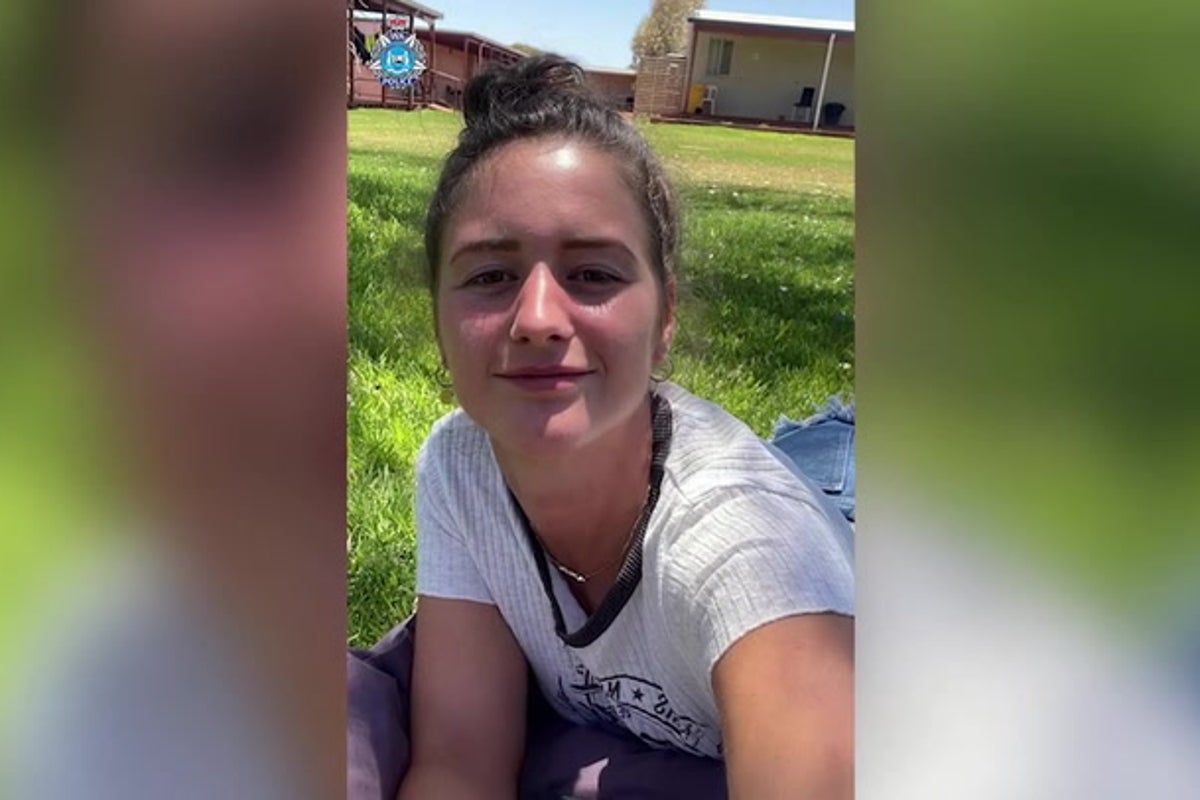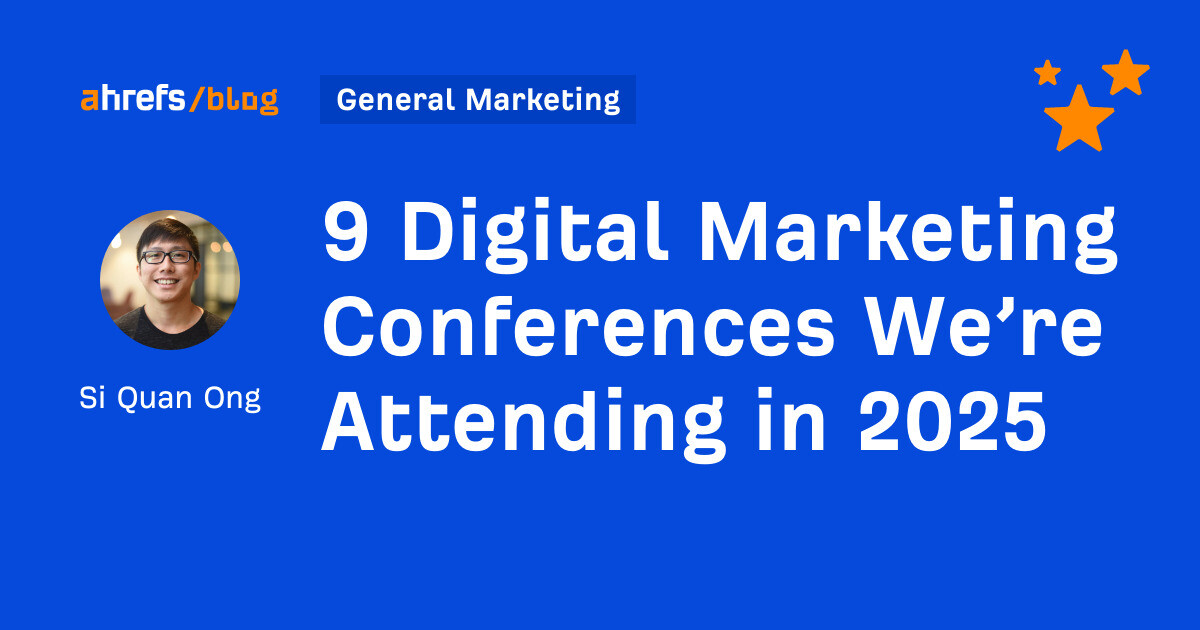Why some of the biggest names in tech and auto are teaming up on virtual power plants
A Chevy Silverado EV. | Image: GMSome big names in smart homes, solar power, and electric vehicles launched a coalition yesterday to develop standards and policies for virtual power plants. The effort was initially funded by Google Nest and...
/cdn.vox-cdn.com/uploads/chorus_asset/file/24097435/GM_Energy__1_.jpg)
Some big names in smart homes, solar power, and electric vehicles launched a coalition yesterday to develop standards and policies for virtual power plants.
The effort was initially funded by Google Nest and General Motors and will be spearheaded by the clean energy advocacy nonprofit RMI. The new coalition is called the Virtual Power Plant Partnership, or VP3, and its founding members also include Ford, solar energy companies SunPower and Sunrun, as well as smart electrical panel maker SPAN and several other energy management companies.
Virtual power plants (VPPs) tap into the idea that electric vehicles and home solar systems can serve as backup power sources for the electricity grid
Virtual power plants (VPPs) tap into the idea that electric vehicles and home solar systems can serve as backup power sources for the electricity grid. VPPs can also be made up of fleets of smart thermostats and other appliances that can adjust their power use to reduce stress on the grid.
It’s a valuable service that can help prevent outages during an energy crunch. And VPPs can encourage more renewable energy deployment by better managing the ebb and flow of solar and wind energy that fluctuates with the weather and time of day.
Historically, electricity demand has peaked in the late afternoon to early evening when people get home from work — which happens to be when solar power wanes. Extreme weather can make those demand peaks even more problematic because people might blast their air conditioning or heat during periods of high demand.
The idea is that a virtual power plant made up of a fleet of electric vehicles in communication with the grid might be able to schedule charging for a time of day when renewable energy is the most abundant. Or, if the grid doesn’t have enough power on hand to meet demand peaks, EV batteries could collectively dispatch enough energy to the grid to make up for the shortfall. Those VPPs might be able to replace more polluting gas-powered “peaker plants” that typically fire up in a pinch.
Virtual power plants are still relatively new. As such, they could use some standardized practices to enable them to roll out at a wider scale. That’s what VP3 has set out to tackle. The coalition says it will prioritize research into VPPs and push for policies that can help VPPs take off. It also plans to develop “industry-wide best practices, standards, and roadmaps” for virtual power plants.
“The next 12 to 24 months are critical for policy and program development to seize the potential offered by virtual power plants, and VP3 is here to ensure that the energy transition doesn’t miss a beat,” Mark Dyson, RMI managing director for carbon-free electricity, said in a press release. The Inflation Reduction Act Congress passed last year is supposed to supercharge electric vehicle sales and renewable energy adoption.
“The next 12 to 24 months are critical”
Early virtual power plants were put to the test last summer in California when heat spells nearly triggered widespread rolling power outages. The state narrowly avoided that calamity with some help from a Tesla virtual power plant and Google Nest smart thermostats. Tesla has other virtual power plants in Texas, Japan, and Australia. And it’s far from the only company building out VPPs. Newly launched GM Energy is also working on virtual power plants with SunPower and California utility PG&E, for instance.
Power outages in the US have become more frequent in the past decade as climate change brings more destructive heatwaves, wildfires, and storms. Clean energy is the only real solution for that heightened risk, even though the grid is probably going to face more growing pains as it makes the transition. That makes coordinated efforts like virtual power plants — and cooperation across industries like we’re seeing with VP3 — a big step toward designing a more sustainable and resilient world.

 Tekef
Tekef 
































